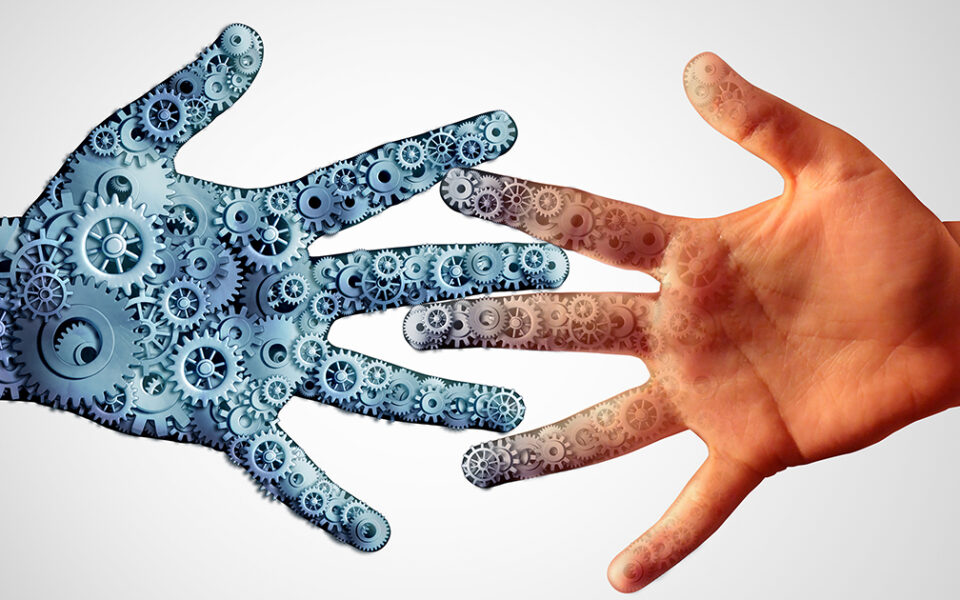Bean Counting

Maybe it’s just bad timing, but every time I go into Starbucks lately, it takes longer to get my order. Sometimes when I see the line excessively snaking through the store, I just don’t have the time to wait and walk out. The baristas are so busy filling mobile orders for Pumpkin Spice Lattes and Salted Caramel Mochas that I’m not sure they have enough staff for customers like me, who stop by unannounced.
My guess is Starbucks is repositioning its stores more as a delivery station for mobile orders and forgetting about its one-time mission of becoming a “third place” for people to get together, after home and work. The more customers feel they need to automate their daily coffee fix to beat the lines, the more profitable the stores will be, at least in theory.
Personally, I don’t like the change. I understand how competitive the business world is and how hard companies have to fight to protect their margins, but I don’t like being forced onto a mobile app to get a cup of coffee – as opposed to other apps, which I think are terrific.
Marcum is in the customer relationship business. So, when it comes to technology, our baseline is that we use it to make clients’ lives easier, more profitable or more secure. Clients’ lives are busy and complicated enough. If we’re asking them to enter even one extra password into a software program as they work with us, there’s got to be a tangible payoff in terms of time saved, convenient access, greater accuracy or better security. Otherwise, it’s probably not worth it.
One reason we’ve been so excited about introducing robotic process automation is it does make clients’ lives easier. Many business leaders are trying to stay focused on big-picture, strategic activities to grow their companies, but their teams keep getting mired in routine tasks that need to be done quickly and accurately to keep the business rolling along. The need for speed often leads to human error. Automating certain processes can bring greater accuracy and fewer errors, and that ends up saving them money on fixes and handling customer service complaints. In the meantime, it frees up their teams to do higher-level work that only a human being can do. It’s a great way for a company to achieve more in less time.
I feel the same about using tools such as DocuSign. For years, no one questioned why we were mailing and faxing reams of documents back and forth to customers for them to sign. It was just the way things were done. But today, it doesn’t make sense to rely so heavily on paper documents. We’ve switched over to DocuSign at Marcum to allow clients to securely sign and send digital documents back to us any time, from virtually anywhere. DocuSign helps us, too, saving valuable time for our administrative staff and reducing storage costs for our records. To my mind, DocuSign is a great example of how digital progress can actually make the customer experience easier.
Tech is critical, but only if it’s actually making the customer experience better. When it starts alienating the regulars, it’s probably a mistake. Going digital for digital’s sake never makes good business sense.
I’m hoping that the leadership team at Starbucks will start thinking along the same lines – while keeping their eyes on the lines in their stores.
On another note, stay tuned to your inbox on Monday when Marcum officially announces our expansion into the Washington, DC/Maryland market. We are really excited about it and can’t wait to share the news with all of you. Have a good weekend.
